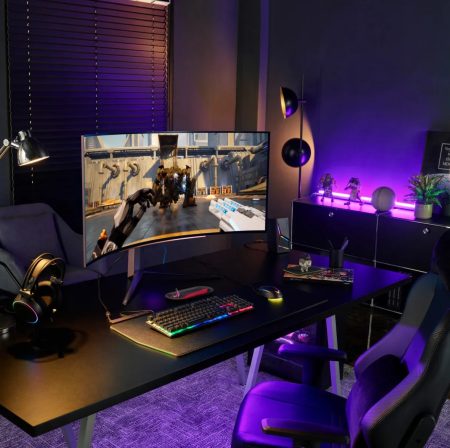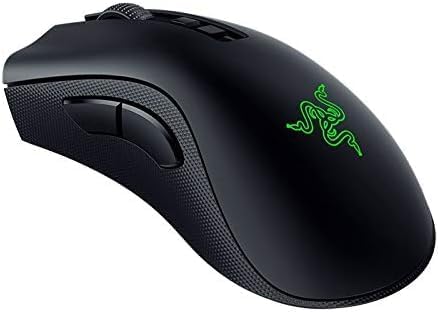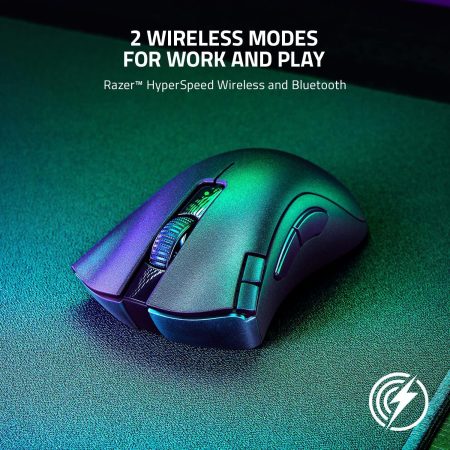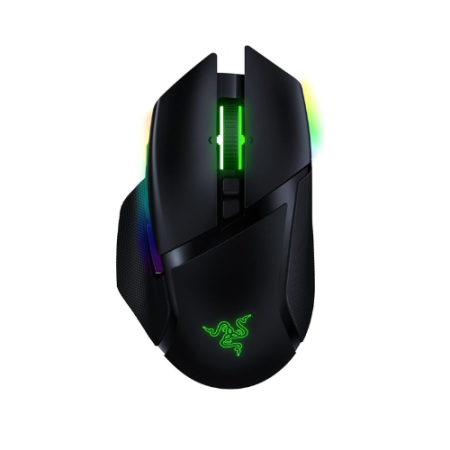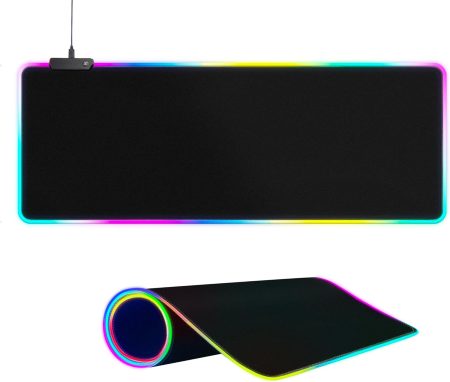The HDMI port on a motherboard is a great feature that allows you to easily connect your computer to a display device and enjoy high-quality audio and video. It often comes with a graphics processor integrated into the CPU or as a separate, dedicated graphics card.
This article will guide you on the steps of using your motherboard HDMI. The guide includes connecting your display device, troubleshooting common issues, and more. Whether you use integrated graphics on your CPU or a dedicated graphics card, this guide will help you get the most out of your motherboard’s HDMI capabilities.
Why You Need Motherboard HDMI
Motherboard HDMI connects your computer to a display device. It is beneficial in cases where a dedicated graphics card lacks an HDMI output. It is also good for using the onboard graphics processor on your motherboard to output video to a display.
Using a motherboard HDMI is a convenient way to connect a second display to your computer without any other ports like DisplayPort or DVI. Moreover, it allows you to connect a display device to your CPU.
Using the HDMI port on your motherboard allows you to multitask and have multiple displays. This makes it easier to track multiple tasks or windows at once. Therefore, you can reduce the need to switch between applications.
A second monitor can be especially useful for gamers. It allows you to track your RAM and hardware use. It also lets you access gaming tips, tricks, or other information while playing. You can also benefit from using a second monitor if you use multiple graphics cards. It can allow you to spread the workload across both cards and potentially improve performance.

Enabling Motherboard HDMI in 4 Steps
1. Check Your CPU for Integrated Graphics
Firstly, read the features of your CPU on the document it comes with. This should include information about the features of the CPU. You can also find out if your processor has integrated graphics from the document.
Secondly, you can visit the manufacturer’s website to read the detailed specifications for your CPU. If you are unfamiliar with your PC’s details, you can find them in the system properties.
When on the Windows operating system, the system properties can be accessed by right-clicking the start menu and clicking “System.” This leads you to the ‘About’ page showing the details of your computer. Copy the CPU model from there and use it to search for information on your PC on the manufacturer’s website.
Another option is to check your BIOS settings. Firstly, restart your computer. Then hit the right button to enter the BIOS configuration page. This process varies by manufacturer and model. You can refer to your motherboard manufacturer for details on entering the BIOS. Once in BIOS, look for the features of your CPU to see if it has integrated graphics.
2. Enable CPU’s Integrated Graphics
You can move on to this step if your CPU has integrated graphics. You will need to enable the graphics in the BIOS setting.
Firstly, restart your computer. As it reboots, press the designated key to enter the BIOS setup. Depending on the PC model, this is usually a function key or Del.
Navigate to the “Advanced” or “Integrated Peripherals” setting using the arrow key. Then hit the “Enter” key to access the menu.
Search for the GPU, iGPU Multi-Monitor, or Internal Graphics settings from the options. It may also appear as On-board Video or Integrated Graphics, depending on your BIOS version or manufacturer.
Once you have found the setting, use the arrow keys to change it to “Enabled” or “Auto.” Then press “Enter.”
Exit the settings by hitting the escape button. Then save and exit BIOS by pressing F10.
You must disable any graphics card on your motherboard before enabling the integrated graphics. After completing this process, use your integrated graphics processor instead of a dedicated graphics card.
3. Connect Your CPU to the Monitor
Locate the HDMI port on your motherboard. It is usually labeled with the HDMI logo and may be located near the other ports on the back of your computer. Insert one end of the HDMI cable into the HDMI port on the motherboard, and connect the other end of the cable to the HDMI input on the monitor.
The motherboard has built-in display connectors that can be used to connect a second display. Turn on your PC and check if it displays on the additional device. If it works perfectly, you can use the additional display as you like.
4. Update Your GPU Drivers
If you are having trouble getting the CPU to display on your monitor, you may need to update the drivers for your CPU’s integrated graphics. You can visit the brand’s website for this. You will then download the latest drivers for your CPU. Follow the steps provided by the manufacturer to install the updated drivers.
Alternatively, you can use your operating system’s built-in driver update utility. Firstly, go to the “Device Manager” to check for and install updates for your GPU drivers if you are on the Windows operating system. Alternatively, you can open the “Run” dialog by pressing the Windows key + R and type in “devmgmt.msc.” Right-click on your GPU in the display adapters section. Then click “Update driver.” To update the driver, follow the prompts.
On a Mac, you can use the Software Update feature to check for and install updates for your GPU drivers.
Using a third-party driver tool for the update is another incredible option. The tool can scan your system and identify outdated drivers, including GPU drivers. It can also download and install the latest version of the drivers.
Once you have updated the drivers, try to connect the additional display device again to see if it works properly. You should try to adjust the display setting if it is not working properly.
Why Your Motherboard HDMI May Not Work

If, after following the step above, your motherboard HDMI is still not working, then consider the following possible reasons:
• Incorrect Cable or Connector
Use only high-quality HDMI cables and ensure you connect them properly. Additionally, check the HDMI ports on the motherboard and the display device. Ensure they are clear and working.
• Faulty HDMI Port
It is possible that the motherboard’s HDMI port may be damaged or malfunctioning. You can try using a different HDMI port or connecting a different device to the port to see if it works properly.
• Outdated Drivers
If you are using integrated graphics on your CPU, updating the drivers is necessary. With the wrong or outdated drivers, your graphics processor may be unable to get the HDMI port to work.
• BIOS Settings
Be sure that the integrated graphics setting is enabled in BIOS. If it is disabled, the motherboard HDMI will not work.
• Hardware Issues
Sometimes, the HDMI port may not work due to a hardware issue with your motherboard or CPU. This can result from various factors. You need to be sure that your hardware has no damaged components or malfunctions.
If the HDMI port still fails to work, it would be best to replace the motherboard or CPU.
Wrap Up
In conclusion, using the HDMI port on your motherboard can be a convenient and effective way to connect a display device to your computer. Following the steps outlined in this guide, you should be able to connect your motherboard HDMI.
If you have trouble getting your display to work properly, be sure to check your cables, drivers, and BIOS settings. Furthermore, don’t hesitate to seek additional help from experts if needed. With a little bit of know-how and some careful troubleshooting, you should be able to get your motherboard’s HDMI port up and running in no time.
The HDMI port on a motherboard is a great feature that allows you to easily connect your computer to a display device and enjoy high-quality audio and video. It often comes with a graphics processor integrated into the CPU or as a separate, dedicated graphics card.
This article will guide you on the steps of using your motherboard HDMI. The guide includes connecting your display device, troubleshooting common issues, and more. Whether you use integrated graphics on your CPU or a dedicated graphics card, this guide will help you get the most out of your motherboard’s HDMI capabilities.









